8 Business-Improvement Ideas to Work on During Quarantine
COVID has placed the world on pause. Some areas more than others. Particularly businesses that relied on in-person interactions and events as a revenue source.
Whether you’ve transitioned to making connection and new leads online or are waiting out the storm, here are a few things you can focus on while your business has the downtime.
1. Strengthen your brand and message
Are you putting out a powerful brand?
What does your messaging say?
Does your messaging and branding work together? Or are they sending out two different signals?
We define a brand as a product created by a company under a specific name. Whereas, a brand’s message is an easy-to-understand communication message that tells a story. The message usually comprises what a brand provides, what customers want to hear, and how a brand is better than their competitors.
These two need to coexist!
Branding is also usually accompanied by a color scheme and common templates (fonts, layouts, etc.) used throughout advertisements and online. The message of a brand is conveyed using text and strengthened through the overall brand design.
However, some companies miss the mark.
Examples of cohesive branding and messages:
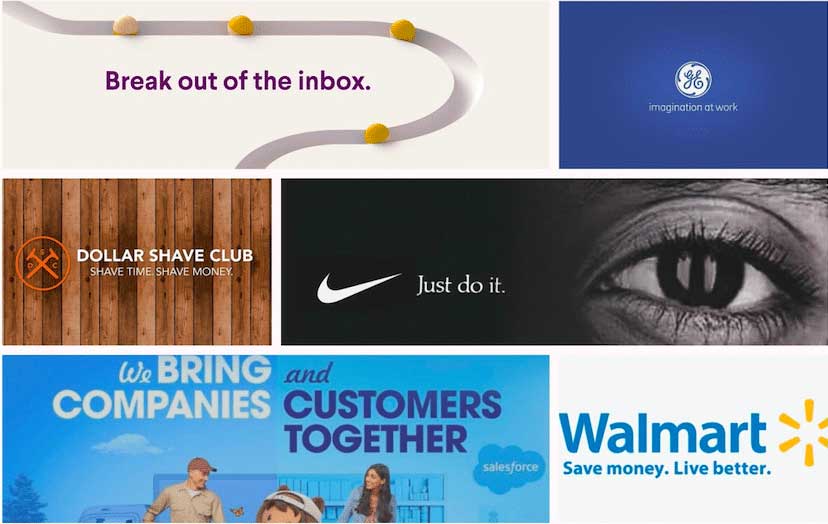
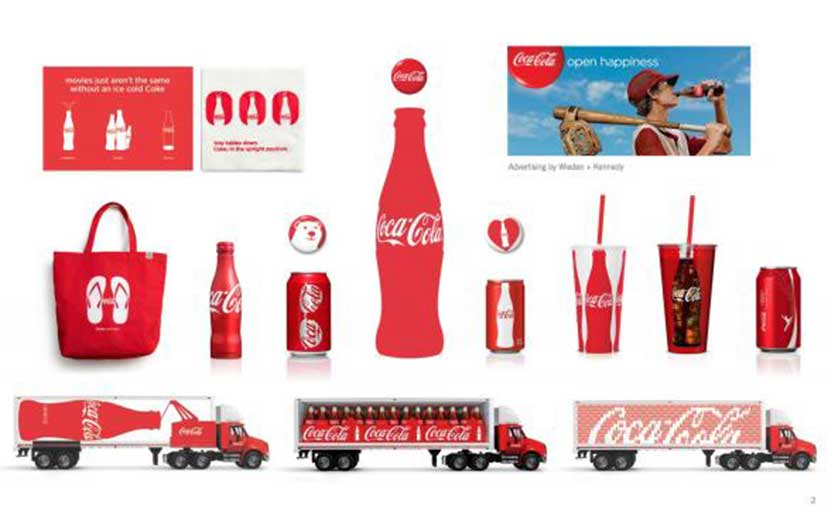
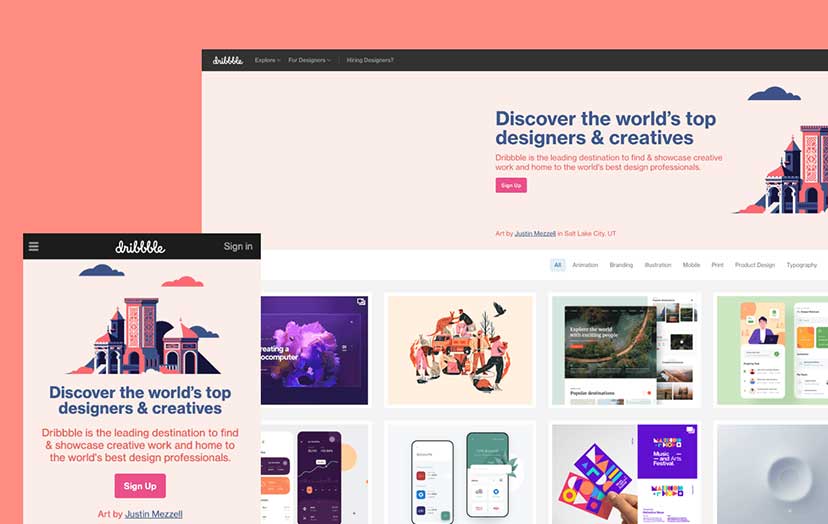

Take advantage of this shut down to work on what you want your company to convey to its audience and make sure this communication is cohesive across the board (websites, social media, digital ads, videos, email marketing, etc.).
2. Make sure your branding is unified on all platforms
This brings us to the next point. Ensure that all your platforms are translating the same message.
For example, let’s say a plumber is using different platforms to promote his business. (A) His Instagram feed shows behind the scenes of how he fixes different appliances around the home and includes DIY tips.
(B) His website’s catch phrase is “We fix it so you don’t have to”.
(C) And his online ads display a man with a work belt on filled with tools saying the same catch phase mentioned on the website.
Individual branding on each of these pages works. However, when we step back and look at the big picture, we have three different messages in total. (A) His Instagram teaches others how to save money and fix things at home, (B) while his website proclaims the message of “we want to do all the work for you”, and then the (C) ad is of an average workman coming to your home with his tools.
Where did his marketing tactics go wrong?
First, the plumber needs to create a unified message on all platforms to send out one solid promise to the customers. Or else, giving them too many options could lead to confusion and a broad approach. It can also hurt the business of the plumber.
If he doesn’t want people to learn how to fix toilets on their own, his Instagram account needs to adjust its directional message; possibly showing projects the plumber completed, testimonies and tips for maintenance.
Make sense?
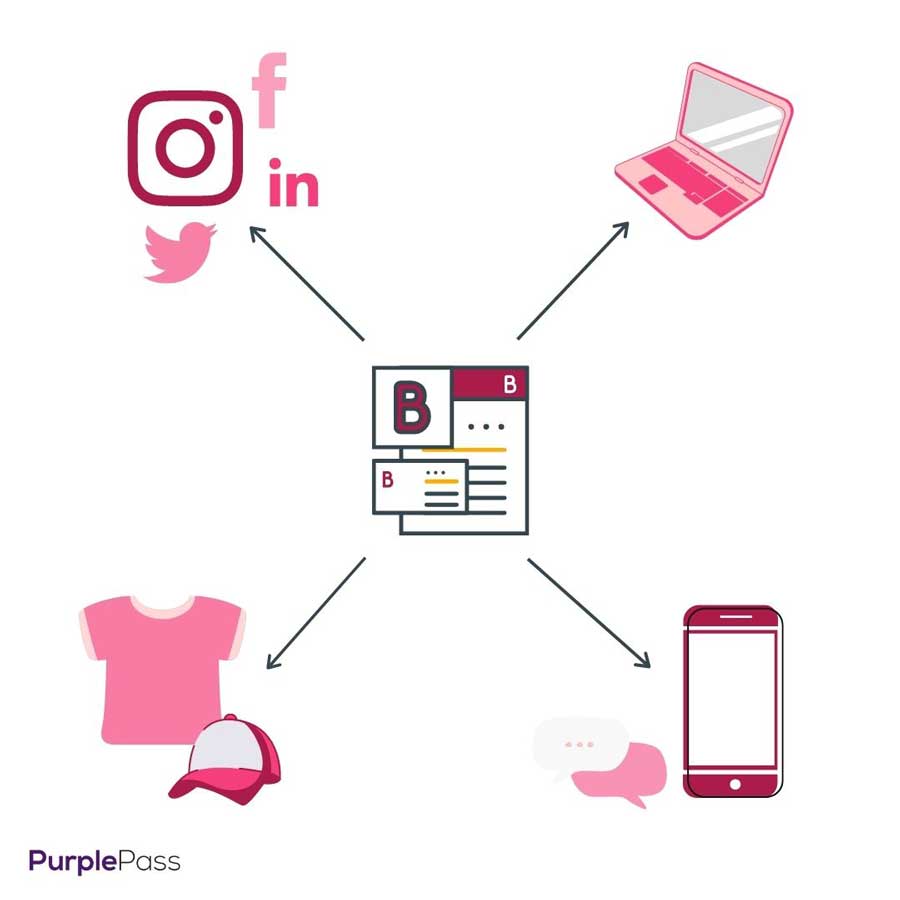
Same for the ad displays. Showing a man with a work belt doesn’t scream plumber. It screams handyman. This can be misleading, versus showing a toilet on an ad with the catchphrase “We fix it so you don’t have to”.
So go through and analyze all your online platforms, making sure you’re sending out one primary message that is clear to your audience.
Tip: Not all businesses focus on one market place. This means they will have multiple messages depending on the different audiences and their needs. This strategy will consist of sending out a mass, unified brand message, with brief messages under the umbrella geared towards each market place.
3. Do some more market research (understand your audience)
Why not use this downtime to understand your marketplace a little better?
Especially now, past customers that benefited from your services might have changed. For example, prior to COVID, Zoom was a steaming video platform mainly catered towards businesses, corporations and general conference calls.
Now, their target market is still those areas, but their focus has shifted dramatically. With schools and teachers mostly online, Zoom’s marketing efforts have abruptly switched to include more e-learning. This was an obvious need after the pandemic broke out.
Of course, this probably required little research for the platform to identify that online learning was growing.

Using this example, take the time to research the changing behavioral trends of your customers during COVID.
Consider conducting keyword research and using reports to identify who is visiting your online resources. By fully understanding your marketplace, you can shift any efforts to focus on where these potential customers are hanging out with narrowed ad work.
|
Purplepass for education! Get all the features you need to support |
4. Research your competitors
Competition is always changing. There is always going to be someone new arriving to challenge your business. Take the time with your team to conduct a thorough research analysis of the marketplace and uncover other services out there that are similar to your own.
Along this journey, try doing:
- Compare prices and services offered
- Compare any perks, features, they offer that you don’t
- Complete a comparison report of what makes you different or stand out from the others
- Act like a potential lead for your competitor to test out their customer service and workflows
- Conduct a S.W.O.T analysis report
Or look into the following tools to automate competitor analysis:
- Social Blade
- MozBar
- Sprout social
- Neil Patel (Ubersuggest)
- SpyFu
5. Dig into your reports
Time to look into your internal software, insights, and current reporting tools. If you don’t already have a reporting tool, HubSpot offers some great options for monitoring overall website’s activity and contacts.
For registration and ticket sales, Purplepass has an extensive range of reports available for promoters. Everything from coupon codes and tracking links to marketing reports and real-time sales.
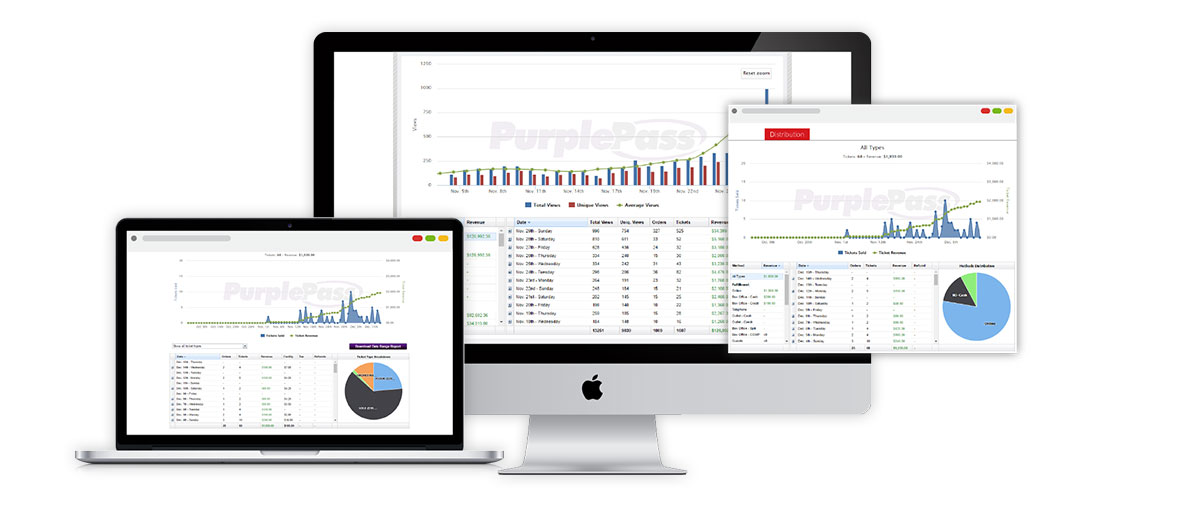
Use this time to learn how to read your analytics correctly and identify holes in the system that lack support. Uncover where you’re excelling and where you are failing before the world opens up again.
|
An alternative to Eventbrite Need an inexpensive ticketing solution |
6. Create a ‘Come Back’ strategy for after COVID
I’m sure you’ve already been drumming up your come back strategy for when COVID is no longer ruling our lives; when we return to interactions and selling in-person. However, the fear of COVID and germs will forever be instilled in our heads. Part of your reopening strategy should consider this recent fear when reintroducing any in-person activities.
Start by making a list of procedures you can implement to ensure the safety of your guests. For example:
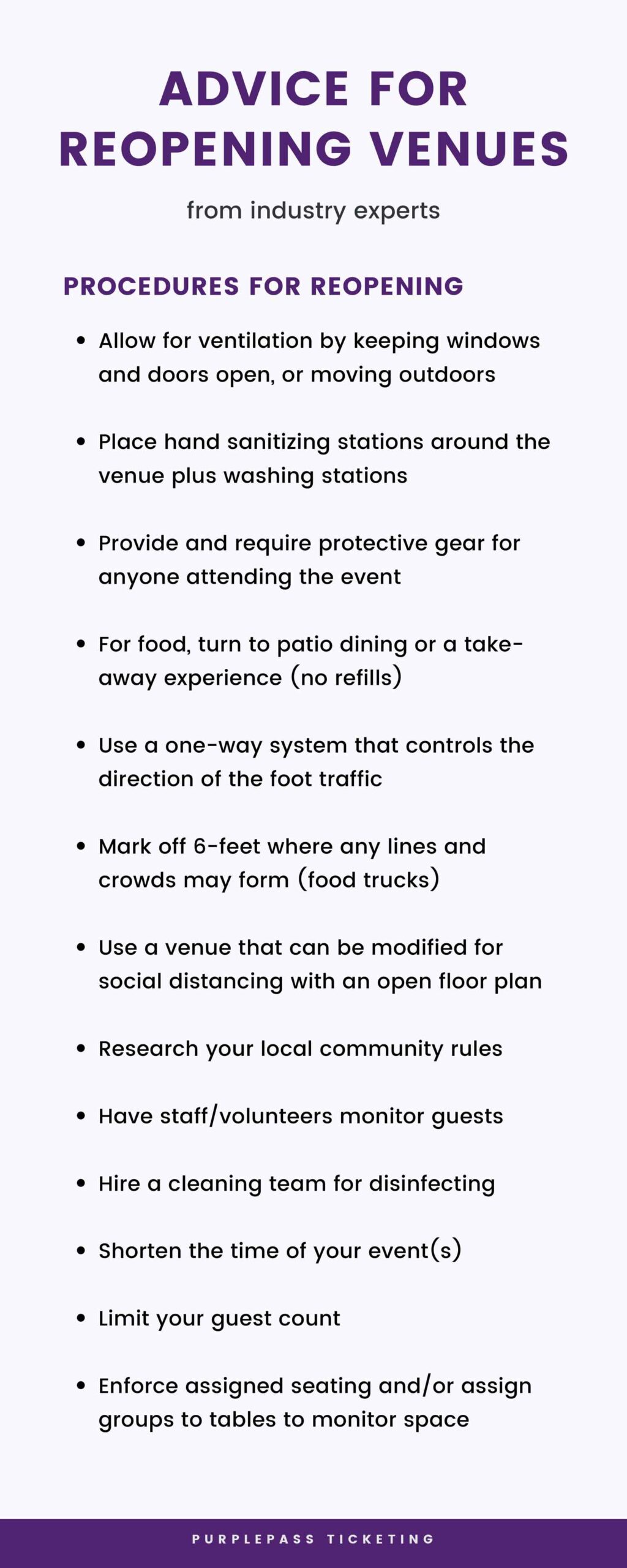
Check out how other promoters are preparing for the return of their events here.
7. Do some tech updates
Run tests on the guests’ mobile experience, apps, website functionality, your SEO…the works! Test the user-experience and the technology supporting your business. Find glitches, strengthen your SEO, fix site speeds, create user-friendly designs, add links, etc.
For example, the more backlinks a page has, the greater reach and organic traffic it will get from Google. However, about 66% of the pages online have little to no backlinks. Check out your backlinks or create a strategy for building some.
For more tips on strengthening your SEO, check out our latest article here.
8. Focus on your employee's health
Your company and the success of it falls on your staff…your team! COVID has not only affected the world physically, but mentally as well. During this time, try to work in weekly check-ins with your team, specifically checking in on their mental health and societal concerns.
9. Work on your marketing content
Just because the world is on pause, your marketing should still be rolling out.
Constantly tracking trends and pushing out updated content to draw in new leads should be part of your daily routine during the shutdown. Specifically putting out guest posts, blog posts, press releases and social posts.
This is not the time to go radio silent. Your business might be on hold or not top priority, but when it comes time to reopen you want people to be ready and know you're still around.
|
Free resource: The ultimate marketing guide! Get our complete marketing guide of |









